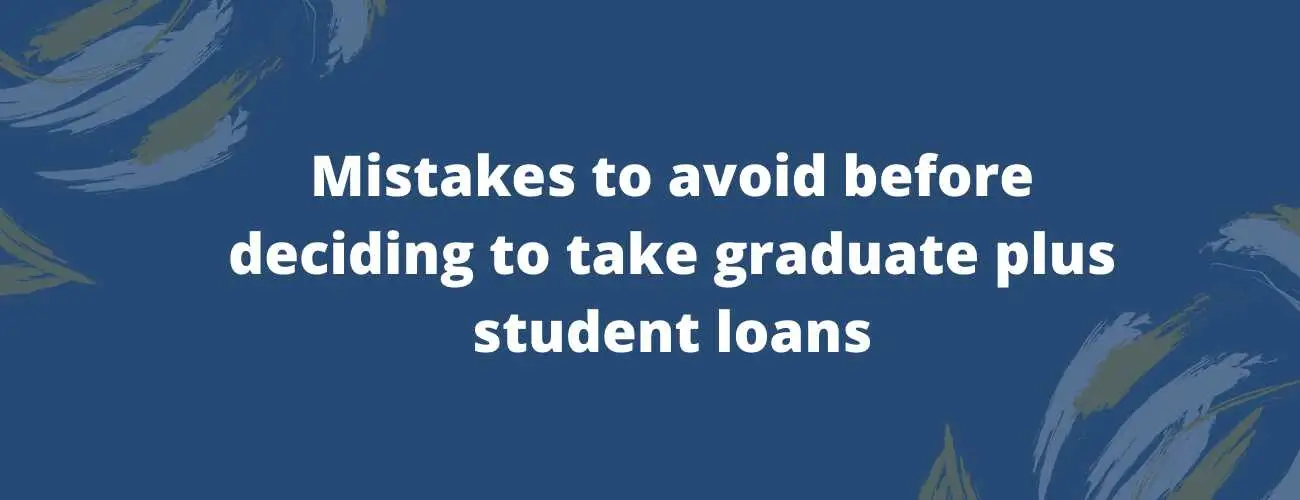What is student loans co-signer release?
Know what cosigner release for your student loans mean, how to go about it, it's benefits and the different requirements you need to fulfill to qualify for it.
Updated by Heibha Passah on 1st November 2021
If you have opted for private student loans to fund for your education, you might be aware that there are certain requirements which you need to fulfill to qualify for one. These requirements include having an established credit history and income which most students don’t have.
This is where a cosigner comes into the picture. According to MeasureOne, around more than 90% of private loan debts were cosigned for the year 2017-18.
A cosigner, also known as an endorser or guarantor, is an individual who is either your parents, relatives or friends who are willing to take the responsibility of helping you out with your student loans. It means that they will be paying your loans at times when you can’t do it yourself.
Cosigner helps strengthen your loan application if you can’t qualify for it on your own and the reason for non-qualifying is because of low income or poor credit history, as discussed before.
Although this can be a big help for the students, being a cosigner can have a serious consequence on both your finances as well as your goals for the future. So, make sure when your student debt can be handled on their own, set your endorser free by getting a cosigner release.
List of Contents
What is a cosigner release?
A cosigner release is a procedure in which the cosigner can be set free and not be legally or financially obligated for the payment of loans which they have cosigned for. It can be obtained once the borrower has made qualifying monthly payments on time.
Getting a cosigner release is important as it negatively affects them whenever the borrower is not able to repay their loans. They’ll be responsible for repaying the amount and it’ll also show up in their credit report which makes it difficult for them to qualify for other loans. Also, if the borrower passed away, then the cosigner becomes legally responsible for repayment.
It can also affect the borrower when the cosigner files for bankruptcy or has passed away. The lender will not be able to approach the cosigner for repayment of loans which will lead to a process called 'auto-default'.
The lender will then start calling you out for the repayment of your loans in full which will lead to defaulting of your loans if you’re not able to do so. So it is important for you to understand your position and what you need to do after your cosigner files for bankruptcy or passed away, and make necessary payments before your loans come into default.
Benefits
Getting a cosigner release can help in the following ways.
-
The cosigner will no longer be responsible for making payments on behalf of the borrower. This means that the lender won’t be able to go after them even if the borrower is not repaying their loans.
-
Their financial reputation won’t be at risk because even though the borrower is not making payments and defaulted on the loans, his/her credit score won’t be affected.
-
They will be able to qualify for other forms of credit as their credit report won’t be showing the loan of the borrower and it won’t be considered when the lender check their application for another loan.
-
You won’t have to worry about the whole loan amount to repay immediately in case your cosigner expired.
Steps to follow before going for cosigner release
Getting your cosigner released is not an easy thing to do. There are a lot of requirements which you have to fulfill in order to be qualified.
Before going onto the process of applying for cosigner release, the borrower has to go for the following steps.
1. Contact your lender - Not all lenders provide the option of cosigner release. So the first step for you to do is to contact your lender and ask about it. The Consumer Financial Protection Bureau (CFPB) has prepared a sample letter that you can send to your lender.
One of the letters is for knowing about the process of getting a cosigner release while the other is for the cosigners who want to be free from the obligation.
2. Go through the criteria and organize your documents - There are various criteria that you have to fulfill to get a cosigner release. These can be based on the number of successive on-time payments you’ve made, proof of your income and graduation and your credit score.
Keep your documents in check like your pay stubs, graduation certificate, cosigner release forms and organize them properly.
Criteria to fulfill
Once you’ve completed the above steps and found out that your lender is providing the option of cosigner release, you have to meet the following requirements to qualify for it.
-
You must complete a certain number of qualifying monthly payments. This number varies from one lender to another but usually ranges between 12-48 payments including both principal and interest.
-
You must have graduated and proof of graduation like certificate or transcript has to be available.
-
You should have proof to show that you have a stable job and earning a good income in the form your W2-form, pay stubs or tax returns.
-
You have enough money to cover the loan payments without a cosigner and an acceptable credit score.
-
You should be a US citizen or a permanent resident.
Cosigner Release Process
If all the requirements for initiating the cosigner release process has been met with, then you have to start the application process for it. The process to apply differs from one lender to another and most of them require you (the primary borrower) to do it. It is important to contact your lender and ask them how to go about it, but usually, the common procedures are as follows.
-
Complete the cosigner release application that you received from your lender. This application form will ask you details about your income, expenses and other types of credit have.
-
The lender would want the information about your social security number and the documents of proof of graduation and employment. Some lenders might also ask to provide detailed information about the other credit like statements of any other loans you’ve acquired.
-
Send the cosigner release application along with the other documents mentioned above to your respective lenders’ address through post.
When the lenders receive your application, they’ll evaluate it based on your credit history and the documents provided. It might take time for them to come to a decision and it is based upon their judgment.
If you are not qualified for cosigner release, then they’ll provide you the reason and the steps you can take to qualify for it. And if you do qualify, then your cosigner will no longer be legally obligated to repay your loans and it will also stop reflecting on their credit report.
Make sure to keep the documents properly and also check with your cosigner if everything is processed as required.
What's next for the cosigner?
After getting approval for release, your cosigner will be relieved as the heavy financial weight has been lifted from their shoulders and they can finally focus on their own finances. It will also improve their debt-to-income ratio. The following are some of the things that the cosigner can focus on.
-
If they have other children going for higher education, then they can use their credit to cosign the student loan debts. It is important to plan strategically so that an equal amount of credit is being distributed among the children and one doesn’t end up giving priority to only one child and ignoring the other.
-
The cosigner can focus on their own needs like buying a car, house or acquiring some other type of loan or credit.
-
They can get peace of mind as they are no longer obligated to pay the loans of the borrower.
Requirements by different lenders
As mentioned earlier, the requirements for cosigner release varies from one lender to another. Let’s look upon some of the major lenders and their specific requirements to qualify for a cosigner release.
1. Sallie Mae - Apart from the common requirements, Sallie Mae also requires you to meet with the following criteria to qualify for cosigner release.
-
You have to be 18 years of age, except for states like Alabama, Nebraska (19 years), Mississippi and Puerto Rico (21 years).
-
You have to be current on all your Sallie Mae-serviced loans for the previous 12 months immediately prior to requesting for cosigner release.
-
You don’t have any hardship forbearance or modified repayment program on any of your student loans for the previous 12 months immediately prior to requesting for a cosigner release.
-
You have to show that you are fully responsible for repaying the loans on your own.
-
You need to have an acceptable credit score with no open bankruptcy, open foreclosure, defaulted student loan(s) or 90-days delinquent loans in the last 24 months. Your credit report has to be submitted with your application.
You can send your completed application along with the required documents in the following ways.
Online - Open an account on the website, log in and select the Secure Document Upload link on the Forms page.
By mail - Sallie Mae, P.O. Box 3319, Wilmington DE 19804-4319.
By fax - 844-822-1121.
2. Navient - Apart from the common requirements, Navient also requires you to meet with the following criteria to qualify for cosigner release.
-
You need to make a minimum of 12 successive monthly payments on time.
-
You have to be current on all your Navient-serviced loans for the previous 12 months immediately prior to requesting for cosigner release. Interest-only payments or otherwise less than a payment under Standard Repayment Plan do not qualify for cosigner release.
-
You have reached the age of majority in the state where you are residing.
You can send your completed application along with the required documents in the following ways-
By mail - Navient P.O. Box 9640 Wilkes-Barre, PA 18773-9640.
By fax - 800-443-9723.
3. Wells Fargo - Apart from the common requirements, Wells Fargo also requires you to meet with the following criteria to qualify for a cosigner release.
-
The borrower should complete 24 - 48 successive payments in full and on time.
-
You should not have any hardship forbearance or modifications during these successive monthly payment periods.
-
The cosigner has to sign and return a consent form.
In case the student passed away, the cosigner will not be responsible for making payments. The loan can also be forgiven if the student is totally or permanently disabled.
You can contact Wells Fargo to find out the best way to submit the completed application along with the documents.
4. Citizens Bank - Apart from the common requirements, Citizens Bank requires you to complete 36 successive monthly payments on time to qualify for a cosigner release.
You can contact them directly to find out the best way to submit the completed application along with the documents.
5. Discover - They don’t provide cosigner release but if you have a CitiAssist loan which Discover purchased, then it is eligible for this.
Apart from the common requirements, Discover also require you to meet with the following criteria.
-
You have reached the age of majority in the state where you are residing.
-
You have completed the number of monthly payments on time which varies between 24 - 48 months, depending on when you acquired the loan.
-
You must be making $1500 or above in gross monthly income.
You can send your completed application along with the required documents in the following ways.
By mail - PO Box 30948, Salt Lake City, UT 84130-0948.
By fax - 1-224-813-5210.
If your loan servicer doesn’t provide any option of getting a cosigner release, you can refinance or consolidate your loans to remove your cosigner from their obligation.
Refinance or consolidation of loans for cosigner release
Refinancing or consolidating your loans means you’ll get a new or combined loan with new terms. This new loan will not have your cosigner along and they can be free of their obligation. But it will show up in their credit history indicating that the loan is paid off.
In order to qualify for both, you need to have stable employment, good credit history and enough funds to handle the monthly payments yourself.
If neither of the above options is available to you, you have to make sure that you are making payments on time until the debt is paid off. The cosigner will have to remain responsible for the payments but it is better than you defaulting on your loan and it ruining yours or your cosigner’s credit score.
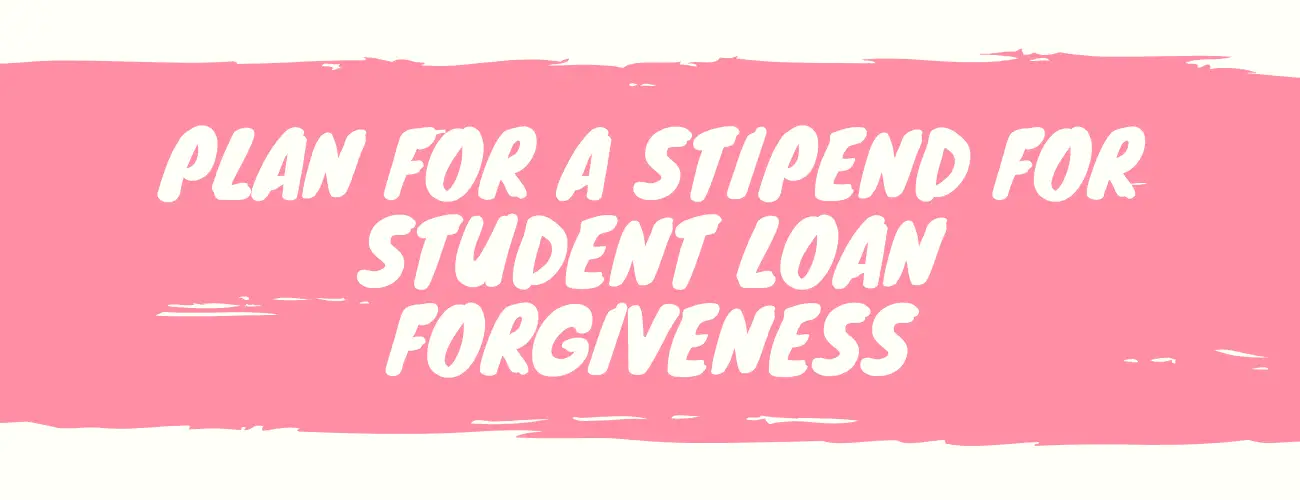
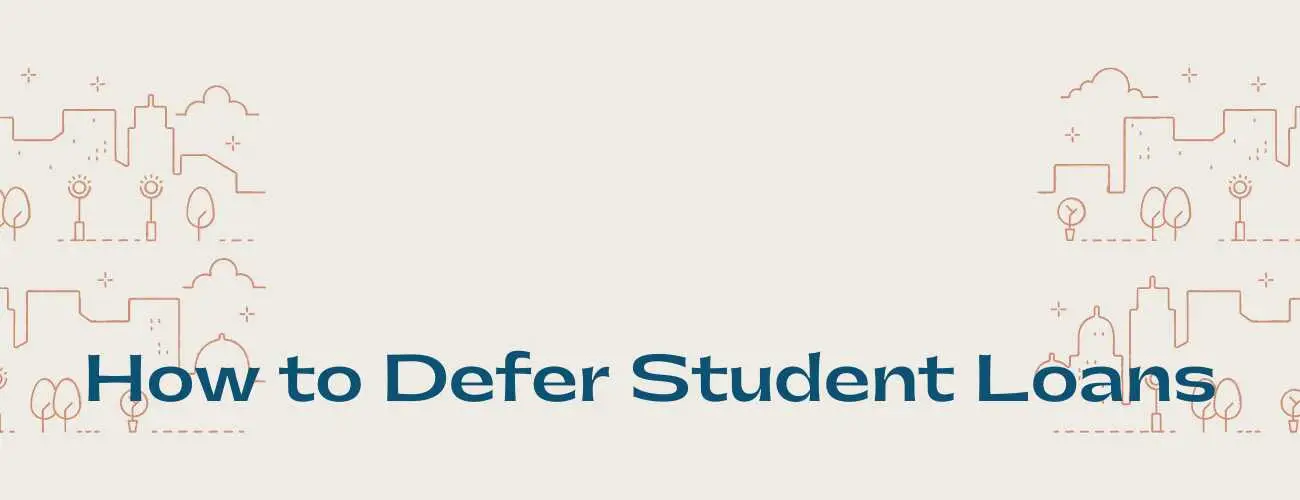
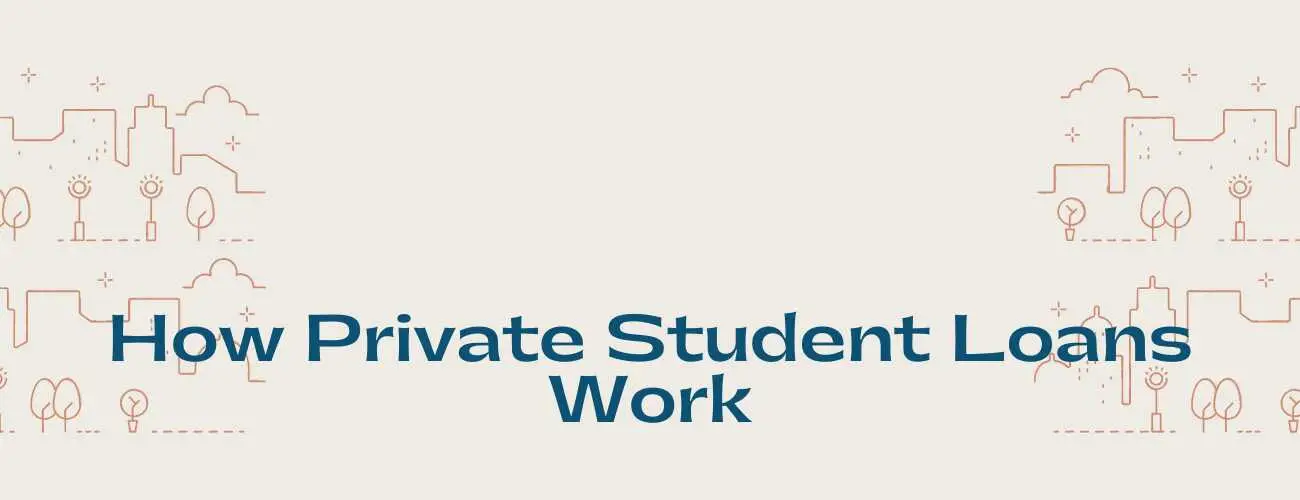
93.jpg)
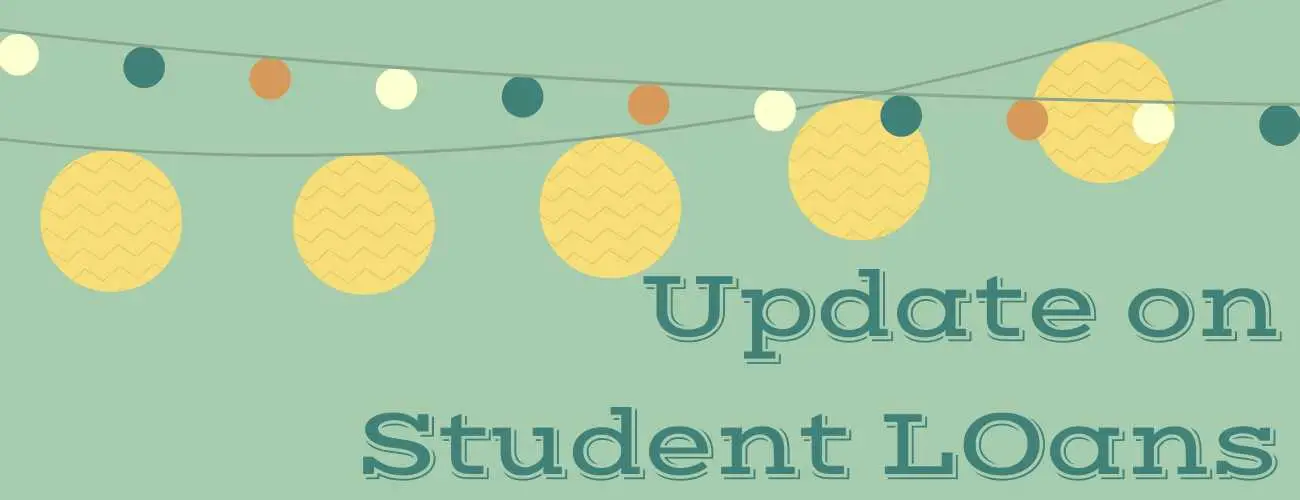

28.jpg)
